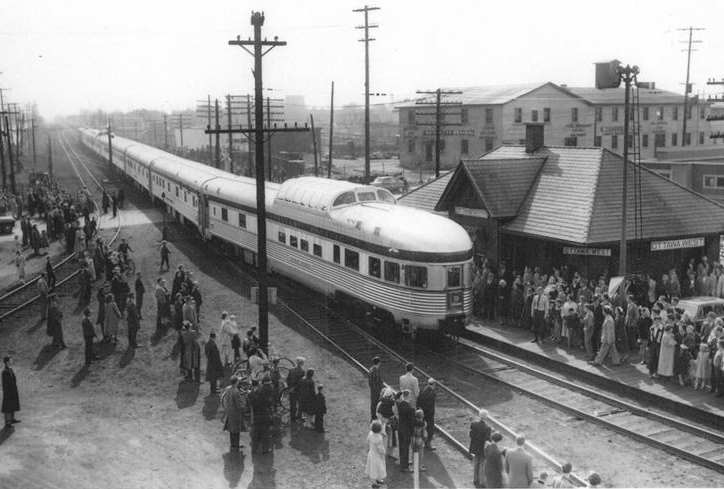
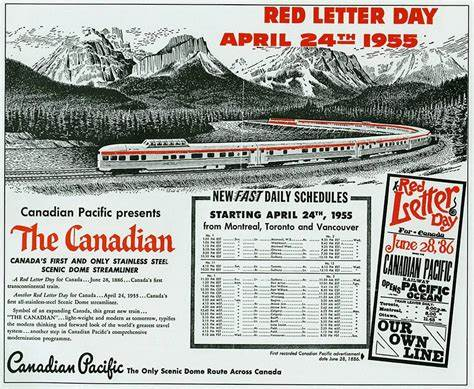
TORONTO — April 24,1955, was what Canadian Pacific publicity mavens characterized as a “Red Letter Day,” because that was when its new silver flagship, the Canadian, debuted with daily departures from Vancouver, Toronto, and Montreal.
Seventy years later, VIA Rail Canada commemorated the occasion with a high-profile sendoff of its version of the train — featuring the same name and same passenger cars — that travels twice per week on a much slower schedule over a different route. The company staged a ceremony today (April 23, 2025) at Toronto Union Station for the train now en route for Vancouver.
With current VIA CEO Mario Peloquin joined by other officials, passengers were given a “Golden Ticket keepsake for this iconic Canadian journey.” The train’s signature Park observation car was appropriately outfitted with a custom tail sign acknowledging the anniversary.
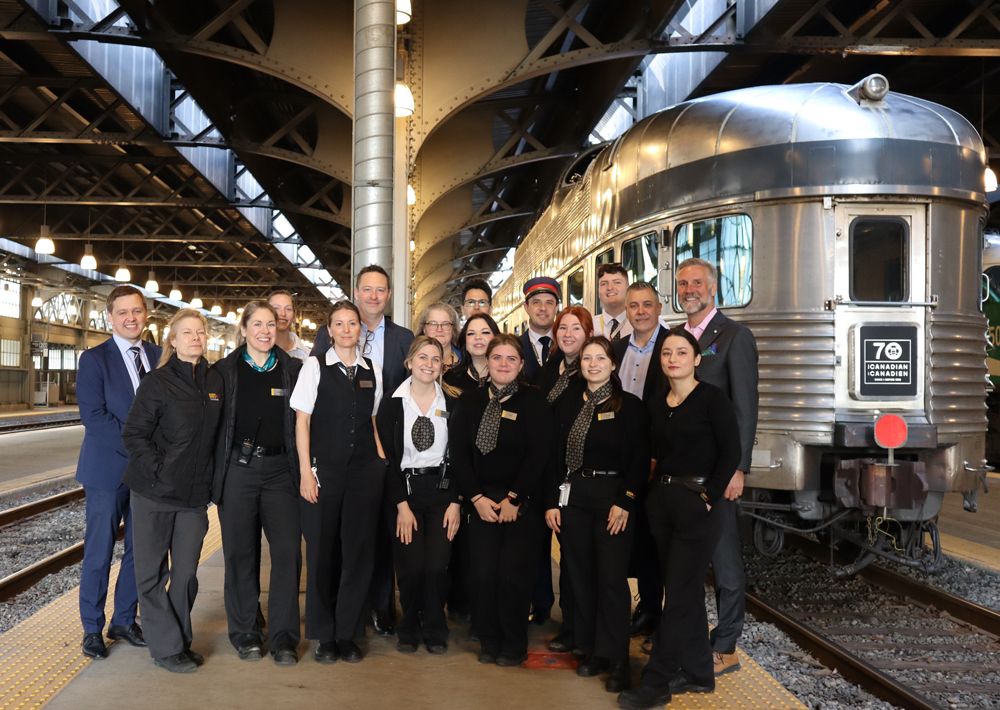
Looking back
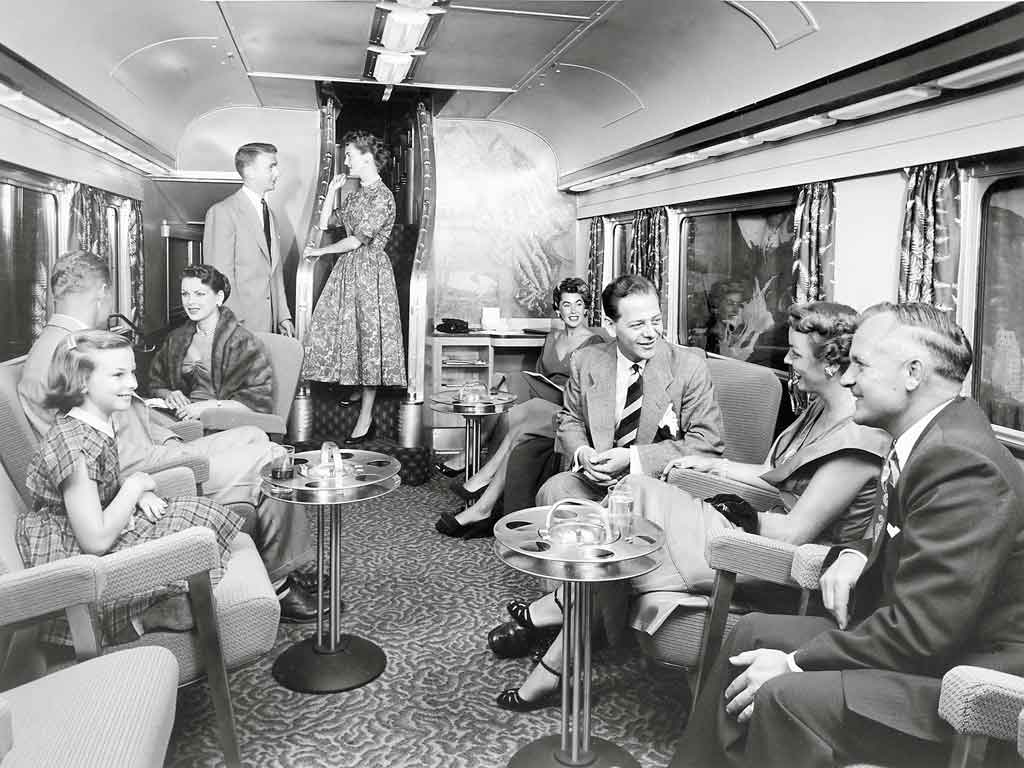
The Burlington-Rio Grande-Western Pacific California Zephyr provided the template for the train built by Philadelphia’s Budd Co. that marked Canadian Pacific’s rather late post-World War II entry into the streamliner market. A total of 173 cars were delivered. A 20 minute Canadian Pacific promotional film (available here) extolled the virtues of Canada’s new transcontinental entry.
Unlike the Zephyr, however, the number of domes were limited to the observation-lounge-sleeper and a mid-train “coffee shop coach,” whose lower level was later transformed into the full-length Skyline lounge.
Toronto-based rail historian Greg Gormick tells News Wire, “There was supposed to be a second large order after CP had a year of results available for analysis following the 1955 launch. Budd worked closely with CP on this, and it developed the specs for a second order, which would have included dome sleepers similar to those Northern Pacific ordered for its North Coast Limited. But the potential order kept getting trimmed as Budd’s costs rose due to inflation, and in the end, CP couldn’t justify the second order.”
The original Canadian, with separate sections from Toronto and Montreal joining at Sudbury, Ontario, managed to trim 13 hours off of the schedule of its cross-country predecessor, the Dominion, covering 2,704 miles to Vancouver, British Columbia,, in about 70 hours.
VIA’s takeover
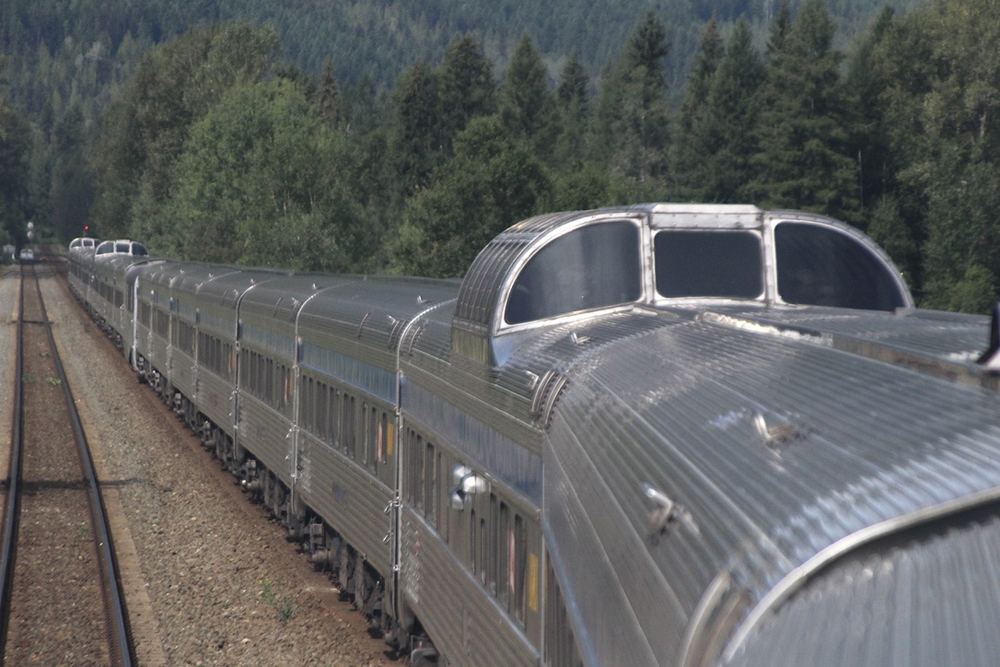
VIA Rail Canada assumed operation of the train in 1977 and maintained it on CP’s original route until moving it to Canadian National’s more northerly route, previously served by the Super Continental, following major government budget cutbacks in January 1990. The company converted the Canadian to head-end power as part of a mid-1990s “Silver and Blue” refurbishment upgrade and, despite the equipment’s age, has maintained it to a high standard ever since.
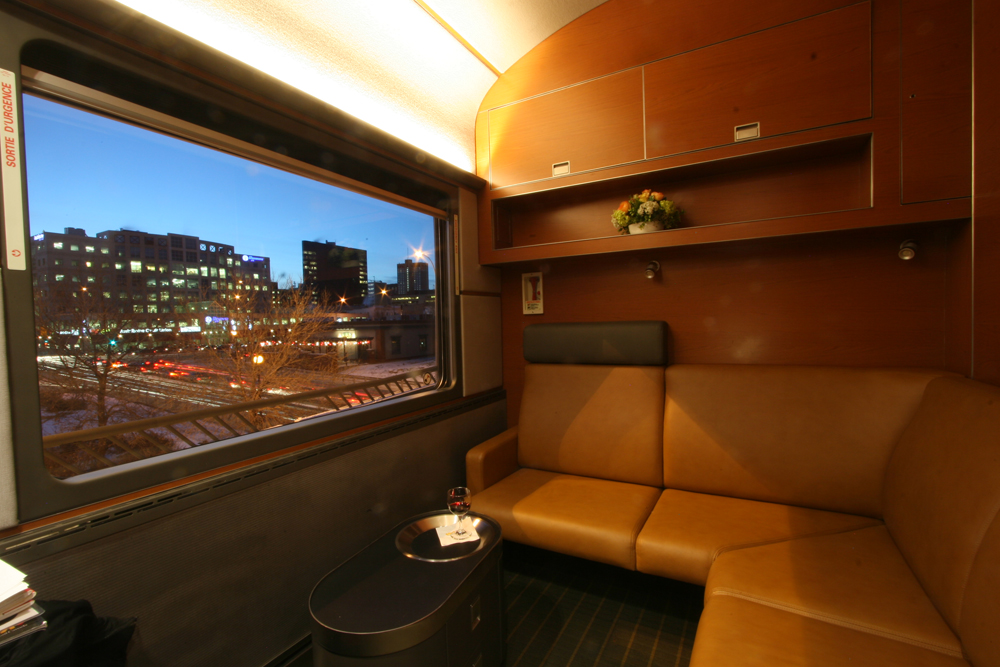
The only substantial configuration changes include converting one of four upper- and lower-berth sections to a shower in each sleeping car, and creating the luxury “Prestige Class” out of 12 Chateau sleepers and four Park cars. What has suffered recently is:
— Frequency. The train only runs twice per week after operating daily or triweekly for decades;.
— Speed. At about 96 hours, the schedule is about a day longer than its CP original.
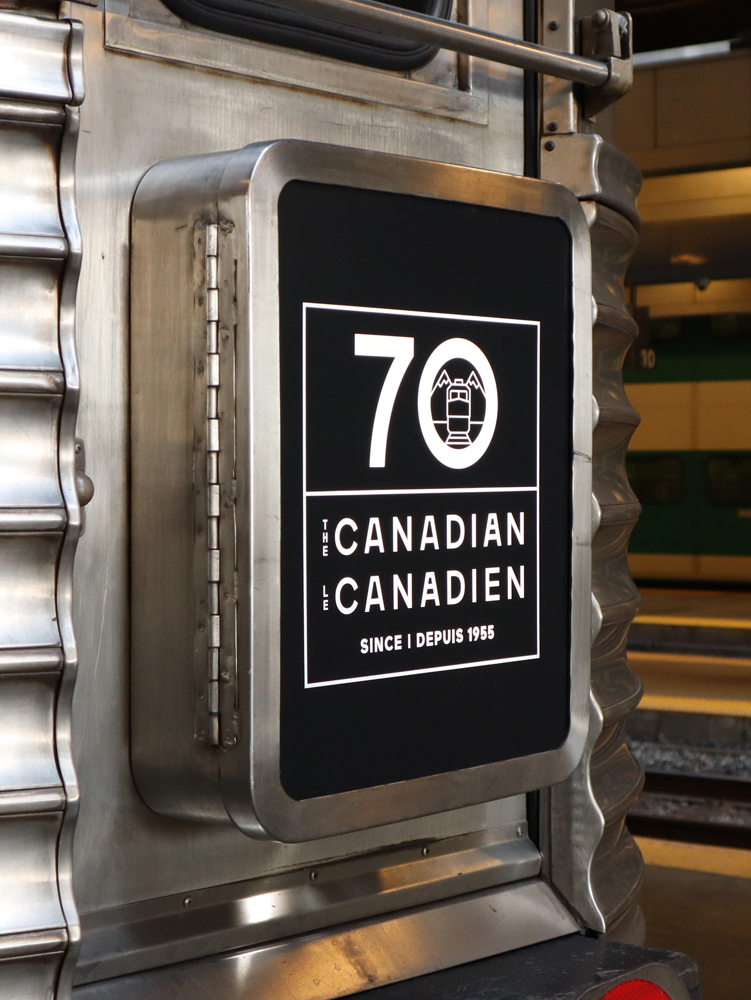
— Reliability. Delays of 8 hour or more due to CN freight congestion are commonplace
— Capacity and affordability. The train’s sleeping accommodations are often sold out and are pricey when available. Toronto-Vancouver adult fares for one recently ranged from Ca$1,078 ($775 U.S.) for a berth to Ca$13,930 ($10,000) in a Prestige class bedroom. Economy tickets in coach cost in the Ca$600 range.
Nevertheless, sellouts at high prices reflect the Canadian’s enduring popularity. With all its drawbacks, the market for this service remains strong, and VIA is actively looking for new equipment to replace these 70-year-old veterans [see “VIA Rail Canada seeks bids …,” News Wire, Dec. 9, 2024]. The challenge is to keep the train rolling until the replacements arrive. Paying homage to this Canadian institution is well-deserved.







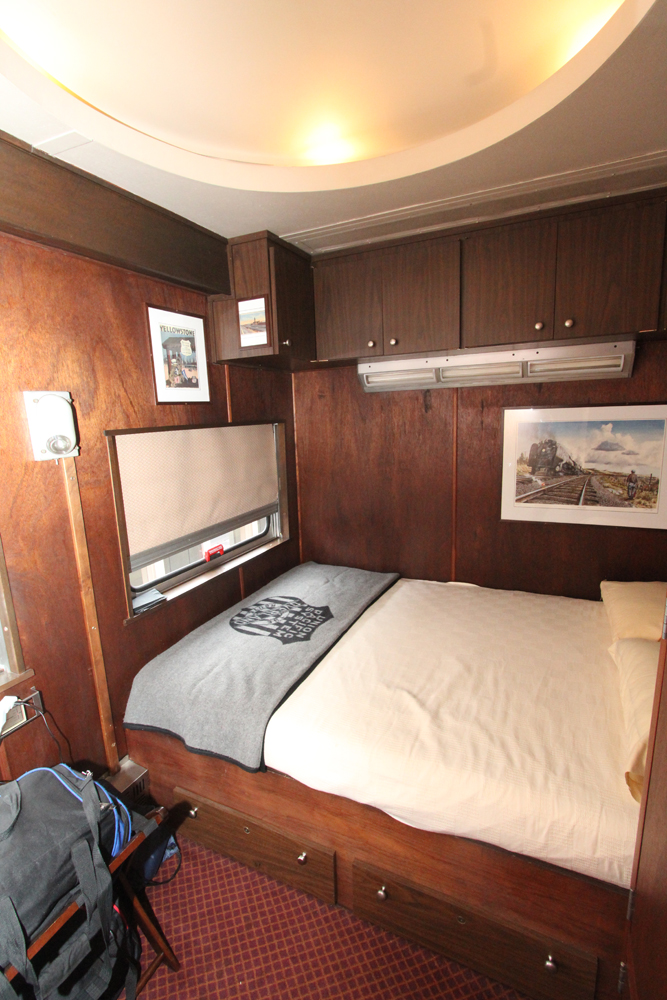




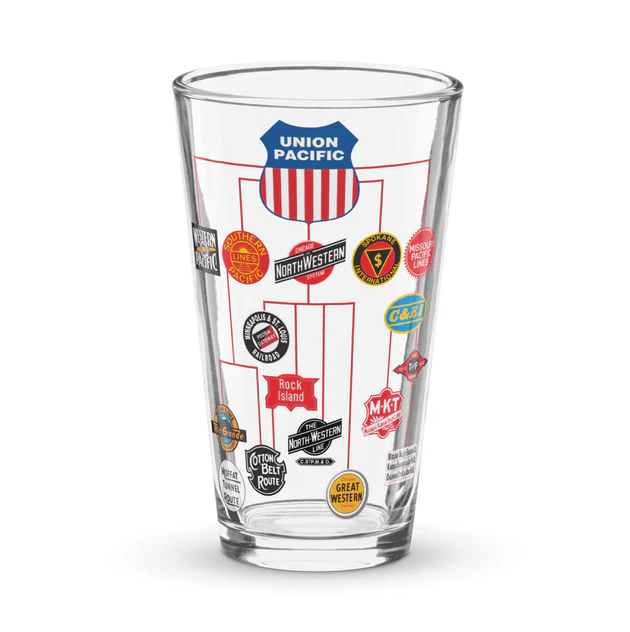
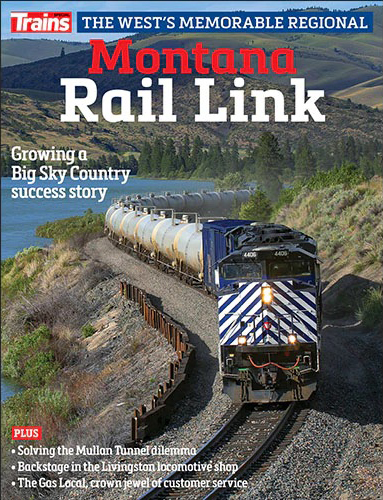
The best train trip I ever took. Toronto to Vancouver on the original CP route. Roomette one way and lower the other.
A rare and genuine living example of positive rail nostalgia… Let’s recall that nowadays, people don’t board the iconic Canadian to get to where they need to go; it’s about the journey, not the destination.
Dr. Güntürk Üstün
Note that the culinary experience on board the surviving Canadian is still a fine feast.
Dr. Güntürk Üstün
I’d rather spend four days on this train than four days on a road trip. Road trip = crappy food; miles go by like maple syrup dripping; no room to stretch out or stand up; beat the clock to the next nights stop; hope the hotel looks as good as the one pictured; rest stops & truck stops whose restrooms resemble waste recovery facilities at a hog farm or feed lot. Been there, done that No thanks!!
With the advent of “Precision Scheduling”, (PSR), why not tack a few passenger coaches in back of freight trains, at least those freight trains that are shorter, safer, and do not require distributed power at the rear end???
The original Canadian averaged 39mph.
I would guess the current one is less but can’t calculate it since I don’t have its travel mileage. Anyone who rides the entire trip in coach must really be the ultimate rail fan.
The mileage is 2,775. That’s 28.58 MPH westbound and 30 MPH eastbound.
In mentioning that today’s Canadian operates on the route of CN’s Super Continental, Bob would have done well to note that April 24, 2025 is also the 70th anniversary of the launch of the Super Continental. Yes, both trains were initially launched the same day.
Not that anyone cares but as fast as I’m concerned, the Canadian departed, Vancouver, Toronto and Montreal for the last time on January 14, 1990.
The current train is an imposter.
OK, Michael. Call it the Super Continental if you will. Then it wouldn’t be an imposter. Whatever the name, it would be a rolling joke pretending to be passenger transportation.
That was the last time the legendary train passed through Thunder Bay, Regina, Calgary, Banff, and Lake Louise. The itinerary was revised and now includes treks through Saskatoon, Edmonton and Jasper..
Dr. Güntürk Üstün
I’m afraid Michael Lusting misses the point. The Canadian is far more than route; it’s the skyline domes, the Manor sleepers with Bedroom F being the prize catch and of course the Park Car. That’s why many of us will continue to ride The Canadian regardless of the route.
Neal,
I have no problem with people riding the current train. I love 1950 era domeliners. Back in 1985 I rode the Canadian from Medicine Hat to Toronto and back in and roomette for $286 American. The train ran daily and it was convenient. I remember one passenger making his 5th trip that year from Salmon Arm, BC to Marathon, ON. Everyday people riding from point A to point B and like I said affordable.
Today’s train is different and takes a full day longer to run Toronto to Vancouver if it’s on time. That’s just me though. Like I said for those who chose to ride today’s train, more power to them. I’d even ride it if the train went back to the original CP route but that’s never going to happen
Twice a week on a slower schedule, without a Montreal section, without any connections in western provinces, and without a secondary train on the route. What is there to celebrate?
Hmmm – No secondary service, the last one on the route, slower than in previous years, yet still well patronized and operated to a high standard. I guess the Queen Mary II really is a joke, nothing to celebrate. Oh, you mean The Canadian?
QM2 is pretty cool and true liner in its design and build. But for mass transportion, European and East Asian ferries is where it at, its amazing where these ferries go… Europe-Iceland!
This is an uncomfortable truth the buffs don’t want to face, Charles. The Faux Canadian is hanging on a slender thread as a less-than-daily train that is too expensive and infrequent for the average Canadian, who subsidizes it. Its subsidy makes her a tempting target for a budget slashing government.
Yeah, I rode the Canadian once, when it ran daily. Given the choice (now) of waiting a day or two for the less-than-daily schedule, no way. Winnipeg has an airport.